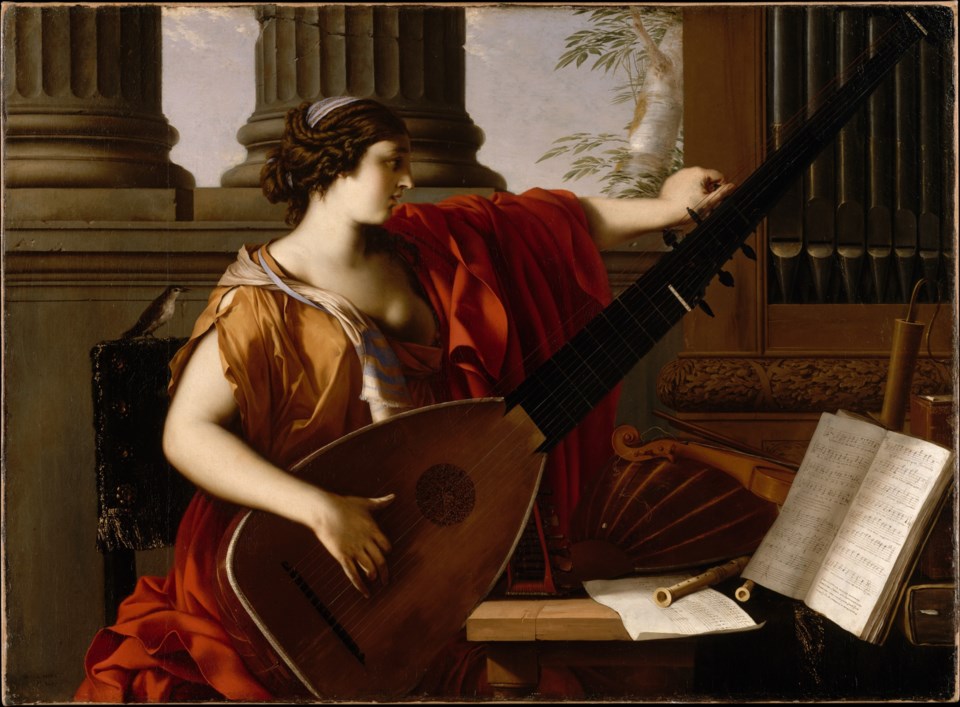Admittedly, I didn’t know much about 17th century music from Germany and England, but I wanted to find out more when Thor and Dorte Froslev, the owners of the Brackendale Art Gallery Theatre, stopped by to tell me about an upcoming show.
They want to get Squamish more interested in baroque and classical music.
La Modestine, a new chamber music ensemble formed by four West Coast musicians, is bringing back music from 300-plus years ago with its “characteristic virtuosity and ravishing, audacious harmonies,” complete with period instruments – the violin, viola da gamba and harpsichord.
Hmm, this sounds interesting.
I learned that the Baroque Period, from 1600 to 1750, laid the foundations for the next 300 years of musical expression. During this time, the modern orchestra and opera were born, the harpsichord (a keyboard instrument that was eventually surpassed in popularity by the piano) was invented and music became bolder.
Next, the Classical Period introduced the sonata form.
What’s that, you ask? To keep it very simple, it’s a type of composition that forms the basis of much classical music, including the symphony.
It wasn’t until later time periods that I began to recognize more names (Beethoven and Chopin from the Early Romantic Period, for example), but these years still produced superstars, such as Johann Sebastian Bach, a German composer and musician who is regarded as one of the greatest composers of all time.
According to a series in The Atlantic, which claims “classical music is old, but it isn’t just for old men,” there is a secret list of how to appreciate period music.
Here are some tips from the magazine:
1. Listen for melody and rhythm, not lyrics. Since the English language isn’t pretty when sung in classical songs, pleasure will be in finding the main tune and listening to how it evolves, fragments and spirals upwards.
2. Since the pieces rarely have helpful names or lyrics, find the emotion that’s being depicted. Is the music about laughter, yearning, bitterness or rage?
3. Visualize what the music is about. Close your eyes and imagine the movement or scenes, such as the suggestion of shimmering, restless waves.
4. The best pieces will take time to grasp. Play them over and over until you understand the music, which can take six or more attempts.
La Modestine is performing at the Brackendale Art Gallery on Friday, Sept. 23 at 8 p.m. See page B6 for more.



